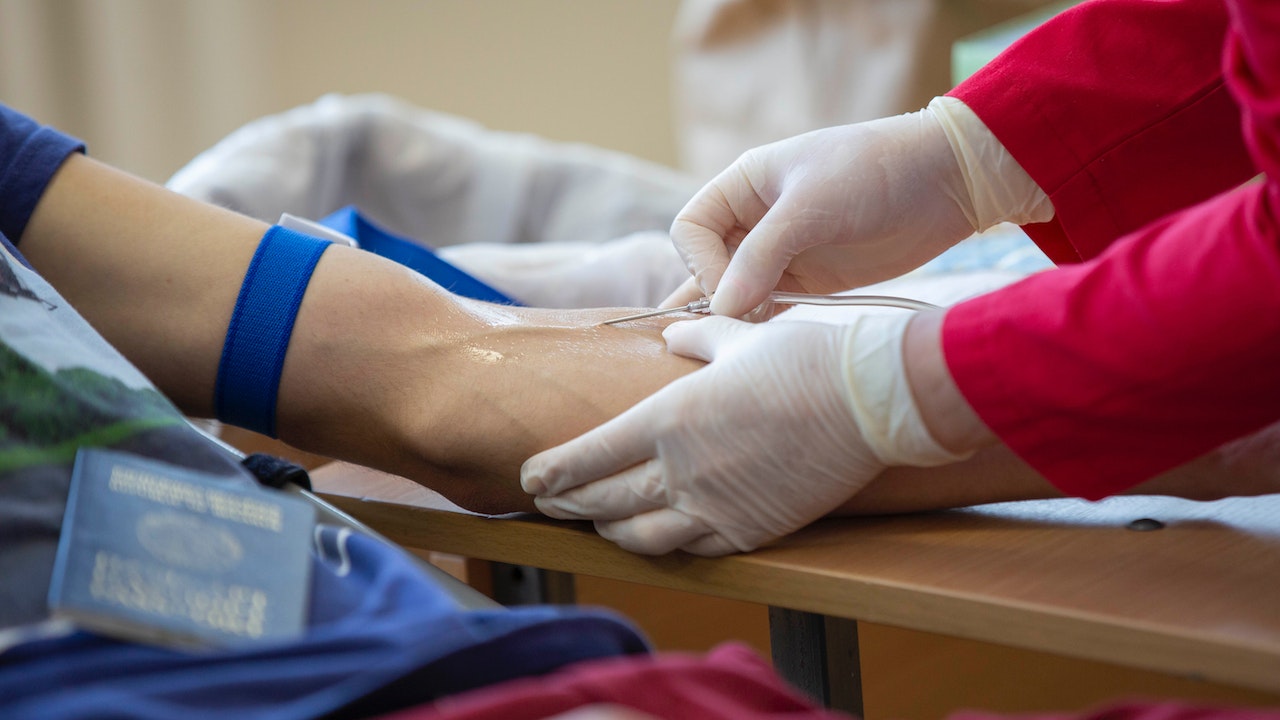WHO releases global guidelines to combat infections from catheter use
Nearly 70% of hospital inpatients require a PIVC at some point during their stay, placing them at a heightened risk of developing serious infections.

The World Health Organization (WHO) has introduced the first-ever global guidelines aimed at preventing bloodstream and other infections associated with catheters used in minor blood vessels during medical procedures. These new standards address the critical need to improve practices related to the insertion, maintenance, and removal of peripherally inserted catheters (PIVCs), which are essential tools in modern healthcare but pose significant infection risks.
Nearly 70% of hospital inpatients require a PIVC at some point during their stay, placing them at a heightened risk of developing serious infections. These infections can lead to severe complications, including sepsis, and organ damage to the brain and kidneys, particularly in patients with compromised immune systems or those already critically ill.
The consequences of infections from improper catheter use are dire, with WHO data showing that between 2000 and 2018, the average mortality rate among patients suffering from healthcare-associated sepsis was 24.4%, rising to 52.3% among those treated in intensive care units. Additionally, many bloodstream infections are caused by bacteria resistant to antibiotics, compounding the challenge of treatment.
Dr. Bruce Aylward, WHO Assistant Director-General for Universal Health Coverage, Life Course, emphasized the severity of the issue: “Infections associated with health care delivery represent a preventable tragedy and a serious threat to the quality and safety of health care. Implementing clean care and infection prevention and control recommendations is critical to saving lives and alleviating a great deal of avoidable suffering experienced by people around the world.”
The newly released guidelines comprise 14 good practice statements and 23 specific recommendations. Key areas covered include:
Education and training of health workers on best practices.
Techniques of asepsis and optimal hand hygiene.
Proper procedures for the insertion, maintenance, access, and removal of catheters.
Appropriate catheter selection based on patient needs.
The WHO is committed to working closely with countries worldwide to adopt these guidelines, aiming to significantly reduce the incidence of catheter-related bloodstream infections in hospitals and improve the safety and efficacy of patient care globally.
- READ MORE ON:
- World Health Organization
- catheter
- bloodstream










